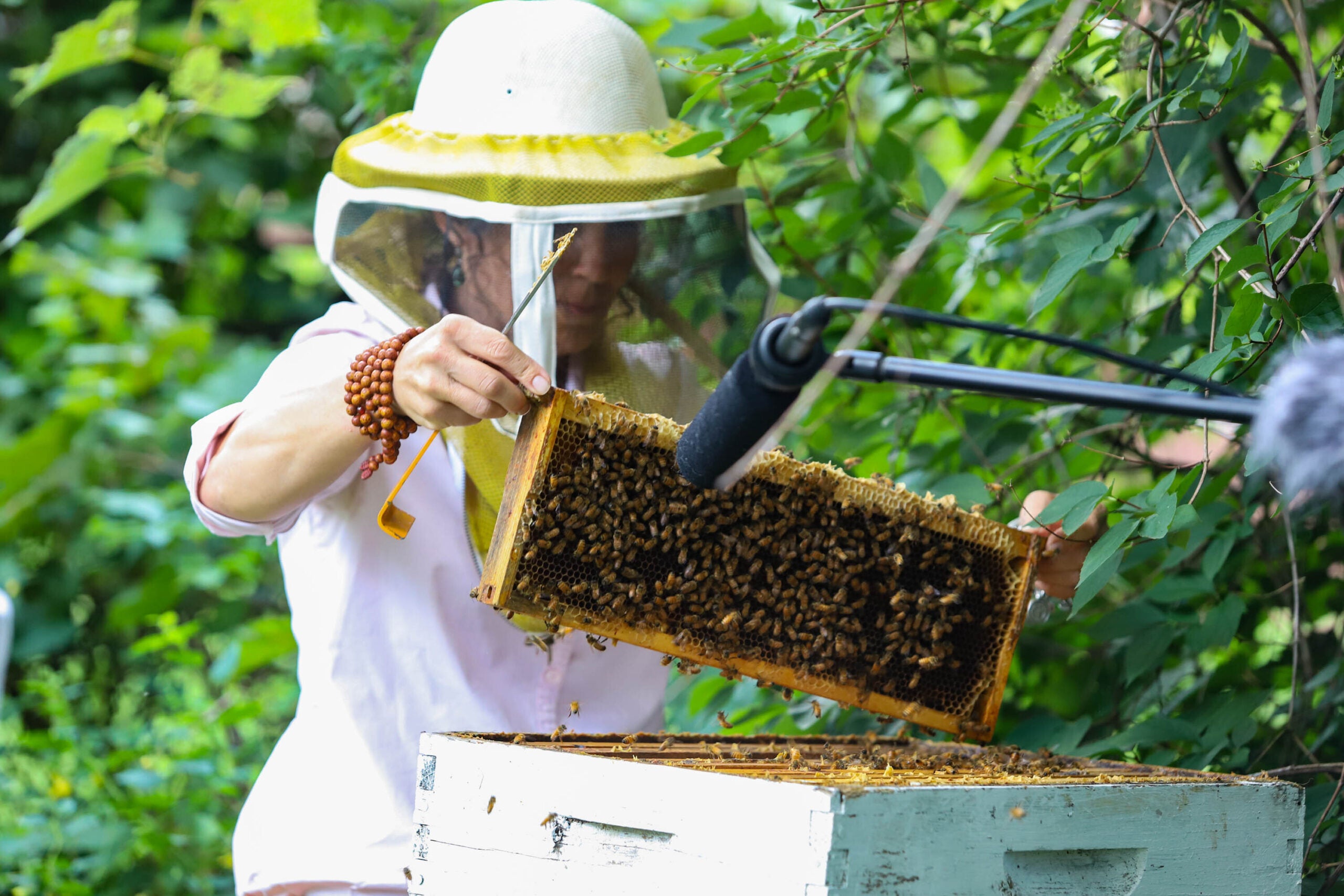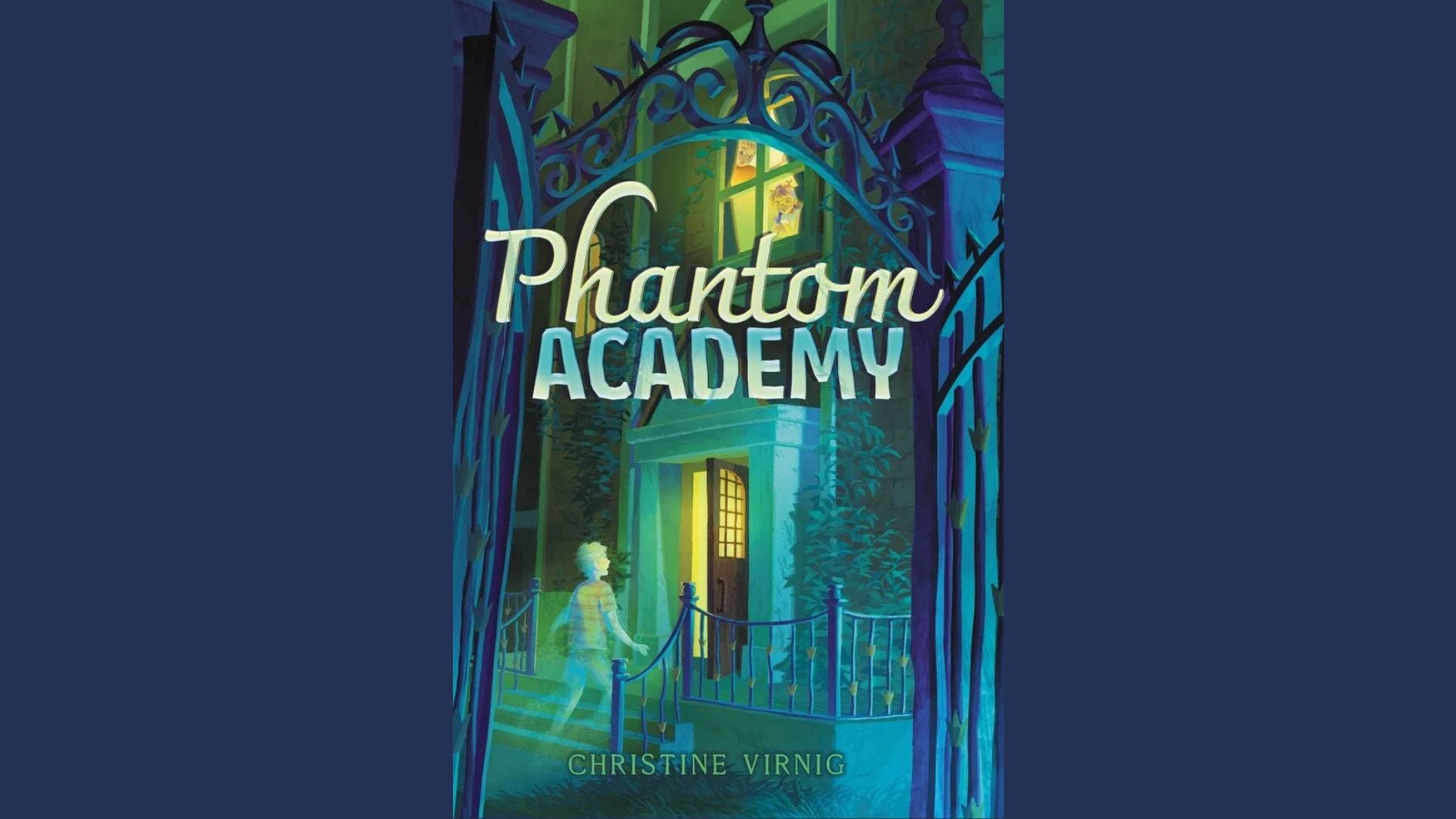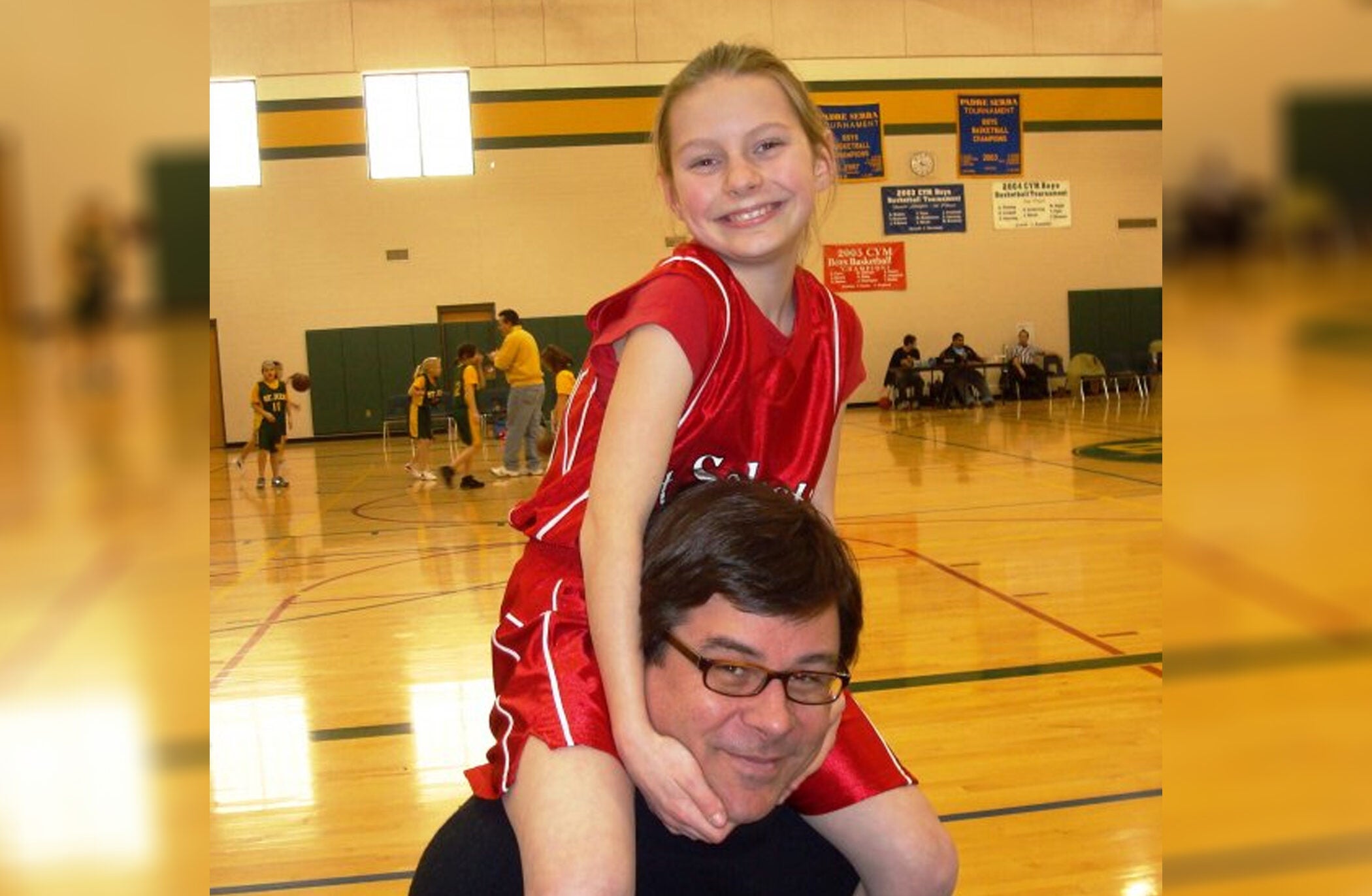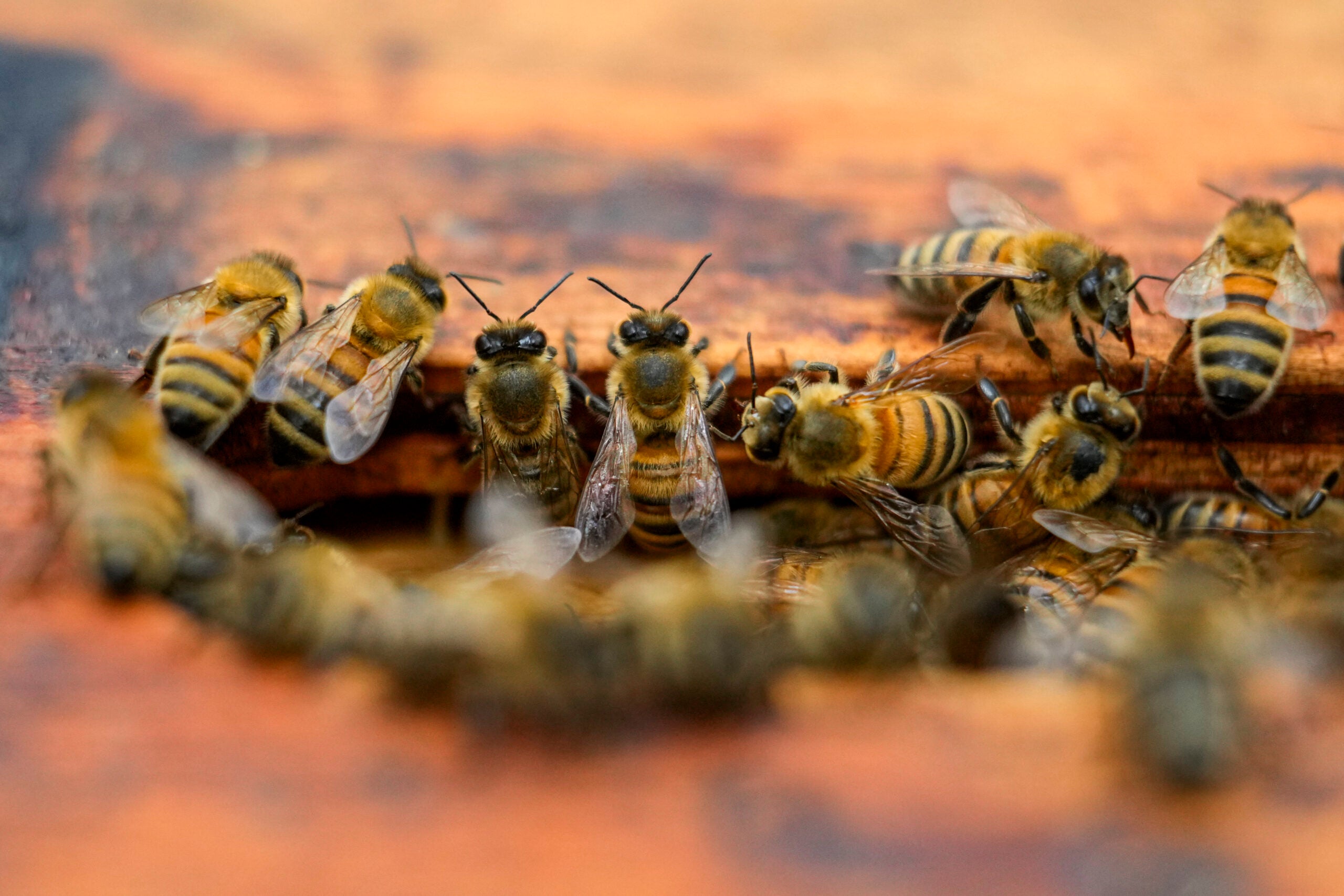When Heather Swan was a little girl, she spent two summers living with her mother and her sister in a Driftless-area barn. It was a traditional barn: big, drafty and home to countless wild critters. Bats flew in at dusk, wasps built nests, mice skittered underfoot. Swan thought of them all as family.
“My mother had this brilliant strategy of naming the things that might have scared us,” she remembers. “So there was Wendell the Wasp and Junie the Junebug, and the bats were Angel and her family. We never thought of them as anything other than benign creatures whose lives were just as important as our own.”
Kinship with the more-than-human world is both the philosophy and the feeling that guides Swan’s work today as an award-winning eco-poet and creative non-fiction writer, and at the University of Wisconsin-Madison, where she teaches environmental literature.
News with a little more humanity
WPR’s “Wisconsin Today” newsletter keeps you connected to the state you love without feeling overwhelmed. No paywall. No agenda. No corporate filter.
Her new book, “Where the Grass Still Sings: Stories of Insects and Interconnection,” is a richly illustrated celebration of the tiny creatures that play such crucial roles in our ecosystems. Insects are hard, she acknowledges, but worth getting to know.
“If I express how much joy I’ve gotten through the years of spending time with insects, that sounds crazy to my students,” she said, “but then they get a little curious and start to open up to it.”
Anne Strainchamps spoke with Heather Swan for “To The Best of Our Knowledge.”
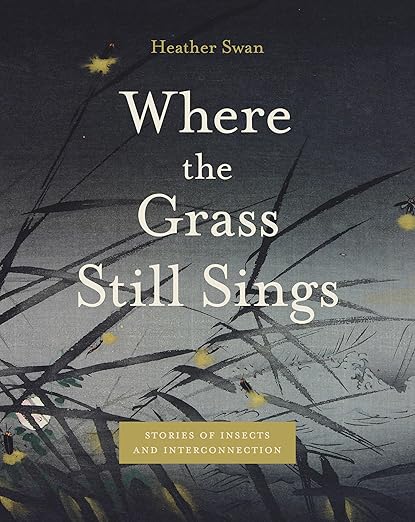
This conversation has been edited for clarity and length.
Anne Strainchamps: Most people don’t have such happy early memories of insects. My own first memory of a wasp is being stung. How do you help people get past the fear and loathing?
Heather Swan: Honestly, I’ve found poetry is one way to bring people into a closer relationship with the natural world. There’s a famous poem by Mary Oliver that ends, “What is it you plan to do with your one wild and precious life?” It’s quoted all the time, but the most interesting thing about it, that no one really mentions, is that it begins with Mary Oliver looking really closely at a grasshopper in her hand.
She’s asking us to notice the things that are so small and unusual and beautiful about this life. You know, we look at a polar bear and say, “Oh, that’s awesome,” and we have all this reverence for mammals that are huge. But when something is very small and moves quickly, then suddenly it’s something we want to destroy.
And so part of my hope with this work and with my classes is to remind people of these absolutely complicated, strange, beautiful creatures that are living all around us, and to invite people into thinking about them differently.
AS: For example, bees. You’ve had a long and deep relationship with them and you keep hives in your yard. What is it you love so much about bees?
HS: They’re just so beautiful, and the care that they have for each other is incredible. I feel like they model a way that we could be in the world that would be really wise, to have a sustainable future.
AS: When you say they care for each other, are you implying that they feel affection for each other?
HS: There’s always this danger of anthropomorphizing, but I’ve come to think that limits us because it forecloses the possibility of an insect having an emotion.
I’ll tell you a story. It was one of those summer afternoons where a thunderstorm comes and drops a bunch of rain and then moves on really quickly. All over my yard, there were bees lying there, too soaked to fly. So I was picking them up and taking them back to the hive and at one point I had two honeybees in my hand. They were using their antennae and their legs to try to push the water off themselves, and their fuzzy little hairdos looked like they had just gotten out of the shower.
One of them had a broken, torn wing, and they were both kind of in a bad spot. But when they saw each other, they each immediately started to caress and care for the other. The way they rose out of their individual needs to care for each other was just so beautiful.
And we can argue that it’s about caring for the community, which is a superorganism — bees don’t survive when they’re by themselves — so I don’t know if you can call it love, but it was care, you know? It was care.
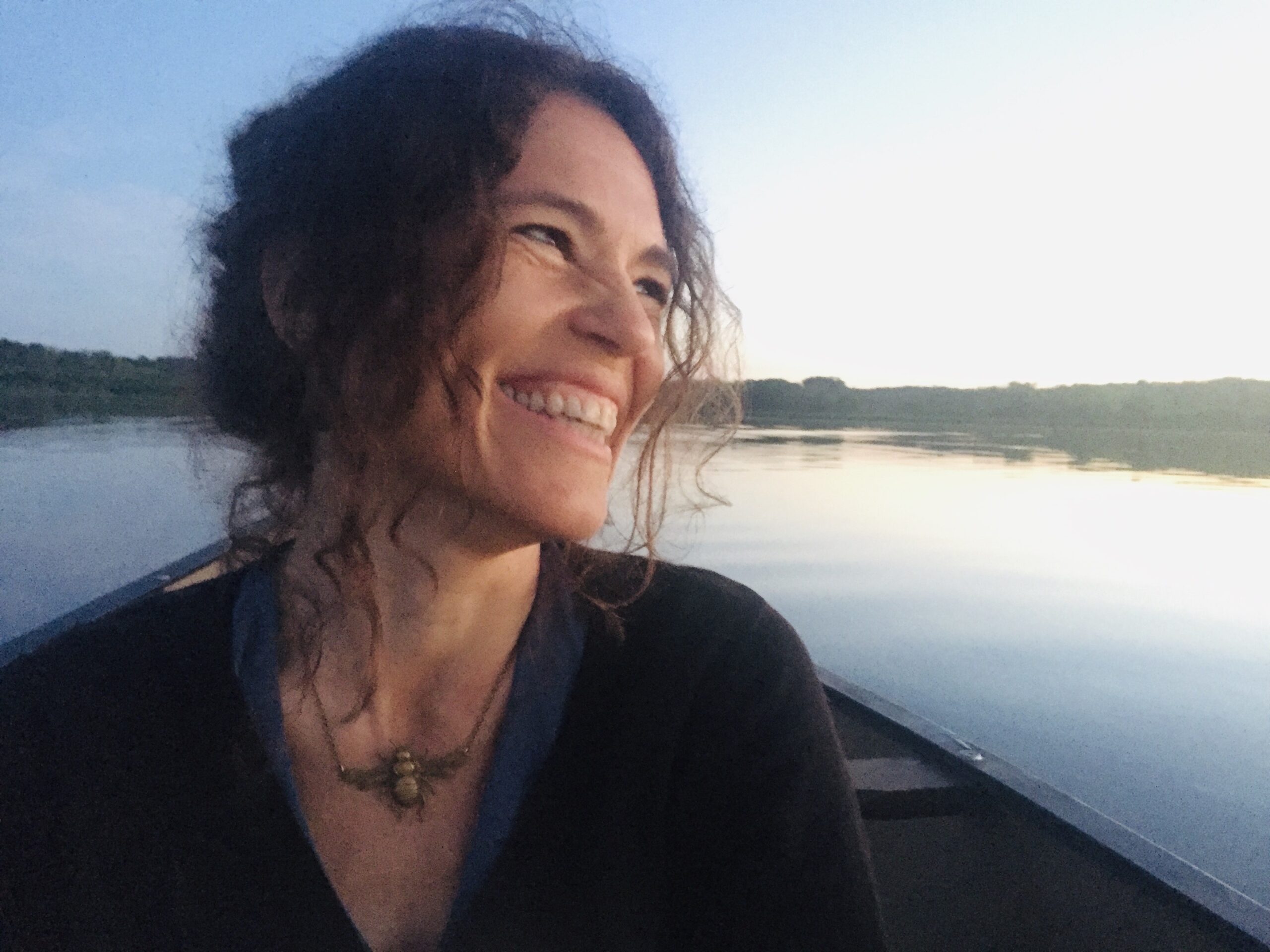
AS: At what point did you begin to extend your love of bees to other insects?
HS: I was falling in love with bees when I discovered that colony collapse was going on, and I realized it wasn’t just honeybees in danger, it was native bees, and all kinds of flying insects — moths and dragonflies and so many others.
Honestly, there were so many galvanizing moments, but being sprayed with my daughter by a crop duster was absolutely one that made me so angry.
AS: You were sprayed by a crop duster? How did that happen?
HS: I woke up one morning to the sound of an airplane coming really close to the homes around us — flying out and turning around and coming back again.
9/11 was still in my mind and I thought, is this someone suicidal? Do they want to hurt someone? And I thought, weirdly, ”I need to get out of the house!” So I grabbed my daughter, who was quite small at the time, and ran outside — just at the moment when the plane was coming down right over the treetops and we were sprayed.
I could feel it all over my body, on my skin and in my eyes, and I ran back inside and washed us off. But within two weeks, my daughter had a lymph gland the size of a mango on her body, and she was very sick.
And luckily, she healed from that, but my father died from Parkinson’s and I just read a study — it came out in March — naming more pesticides that contribute to Parkinson’s disease. So that was a moment where I thought, ”I have to speak up,” because there are so many beautiful, vulnerable species out there — including us — being damaged by the way we destroy and control things.
AS: You say at the beginning of this book that one of the animating questions you asked yourself was, is it possible to still have hope for this planet? And then you tell a story about one of your students, who said in class one day that she doesn’t want to have children because of climate change.
HS: We were reading a poem and she said, “This poem gives me hope.” I said “Oh, tell me more about that.” And she said, “Well, most of the time I don’t feel any hope at all, and I don’t want to bring a child into this world. But that poem makes me feel like maybe I could.”
And I said, “Oh my goodness. How many other people in the room feel that way?” And all of them raised their hands. I’m not interested in pushing people to have children, but in that moment, I realized that they were not seeing a future that they could imagine anyone surviving in. So I thought, OK, they need more than strategies for change. They need to be able to dare to love. To have the courage to love.
AS: What did you say to them?
HS: I thought about a moment in my own life when it took every ounce of courage that I had to keep loving something. It was after my daughter was born. I’d had a C-section that didn’t go well, and they brought my baby to me and I was holding her in my arms, but then she started breathing more quickly and her breaths were getting shallower. And they realized that during the C-section, two holes were punctured in her lungs. With every breath she took, a little pocket of air was building up between the lung and the chest wall, and eventually her lungs were going to collapse.
And the thing I hate to admit is that when they told me, the first thing I thought was, “I have to prepare myself for her death.” Which meant steeling myself against that loss. But somehow, I realized that I needed to be brave for her. I needed to take the risk of loving her in these moments that she was with me.
And so I turned toward my daughter and just loved her — knowing that there was a chance that I would lose her, but wanting to give her as much love as possible in these moments when she was on the planet. So I stayed with her. I stayed with her as they put her in X-rays hundreds of times, as they put all kinds of tubes and wires in her body. I sang to her and I held my hand on her, and miraculously, both of us survived.
The thing is, it’s very easy for us to turn away from something that might hurt, right? And loving things does sometimes hurt. So what I wanted my students to know is that in my own life, even though it’s hard and sometimes very painful, the decision to love things allows me to have more joy, allows me to have a richer existence. And when you’re in the world and you’re in love with it, it’s a really great place to be.
So I tell them, “Please, have the courage to love.”

